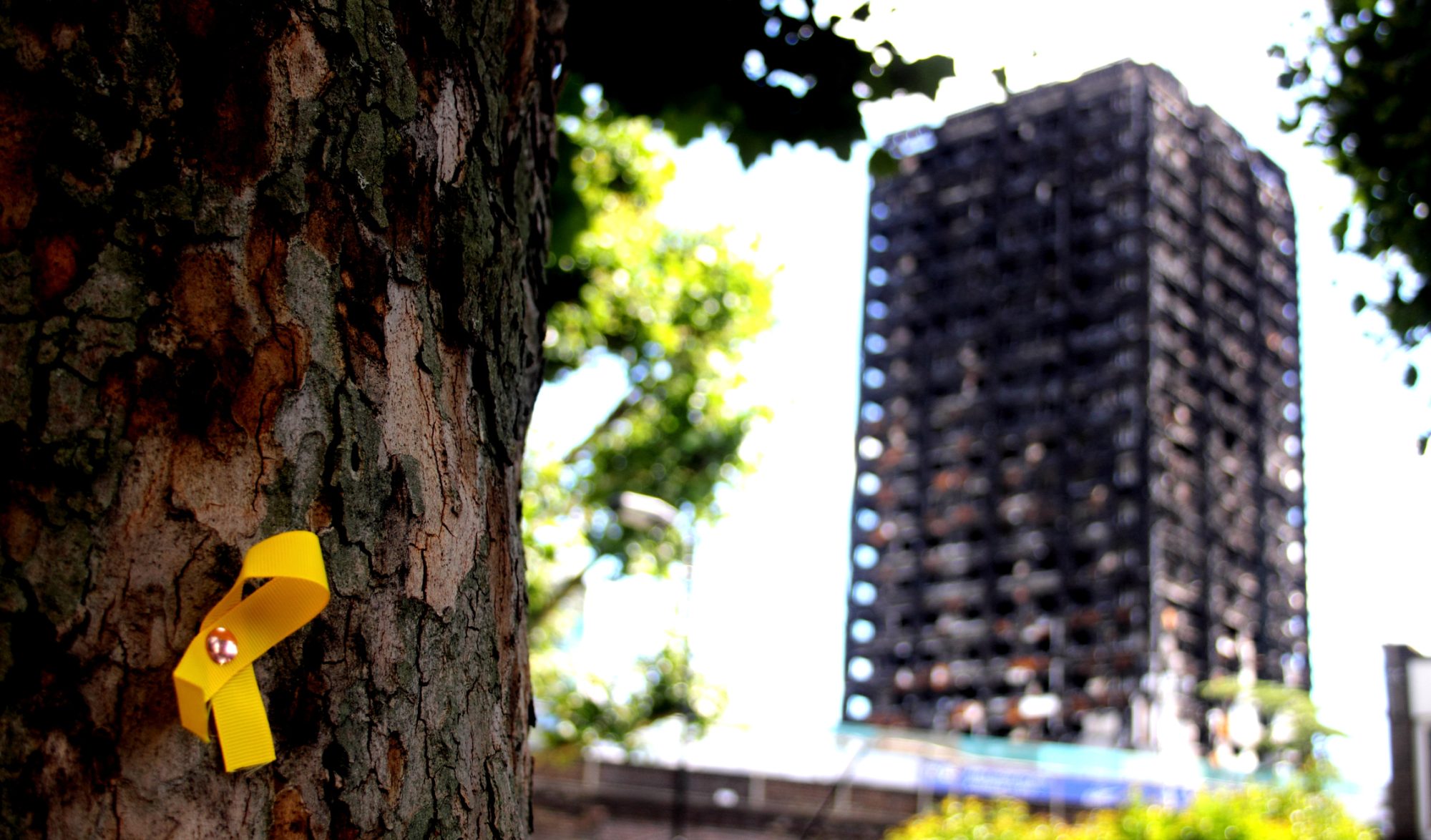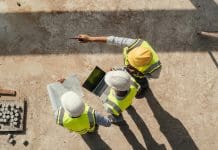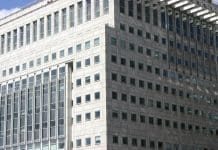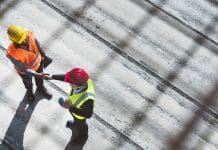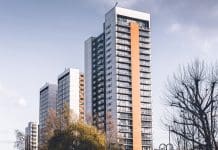A resignation letter by a senior civil servant highlights how the government is not adequately addressing potentially catastrophic building safety risks
Concerns over a potential ‘Grenfell-scale tragedy’ are being downplayed by the government, according to a resignation letter from a civil servant acquired by The Guardian.
Building safety minister Lee Rowley received a reminder about the government’s safety obligations after his office responded to civil servants’ requests to assess building collapse risks, suggesting that one possible approach could be to ‘do nothing’.
According to The Guardian, a senior civil servant called on Rowley last December to investigate the concrete used in schools and public buildings, also used in the Ronan Point collapse in 1968, which killed four people.
Over 150 schools faced disruption over RAAC
News of Rowley’s neglect comes after pupils and staff from over 150 schools have suffered disruption and closures after reinforced autoclaved aerated concrete (RAAC) was found in several schools.
This disruption led to many last-minute classroom closures, disrupting the start of term for thousands of pupils.
The senior civil servant also called on the department to remind homeowners of houses built from the 1960’s onwards using large panel systems to conduct structural surveys and strengthening works.
Concerns of ‘potentially catastrophic life-safety implications’ were ignored
The senior civil servant expressed their concerns over ‘potentially catastrophic life-safety implications’ however a spokesperson for the DLUHC responded by saying the ‘do nothing option’ is ‘standard practice in policy development to understand the impact of a potential action compared with the status quo.’
Despite facing criticism, the DLUHC has said: “Following the Grenfell Tower tragedy, the government introduced some of the toughest building safety regulations in the world through its landmark Building Safety Act.
“The act also introduced a new building safety regulator to assess the safety and standards of all buildings, as well as monitor and investigate any potential risks or changes that may affect residents’ safety.”


